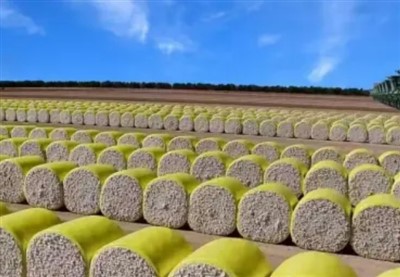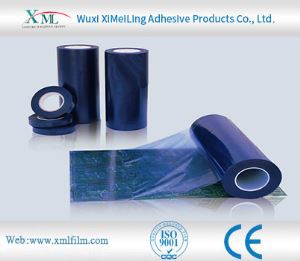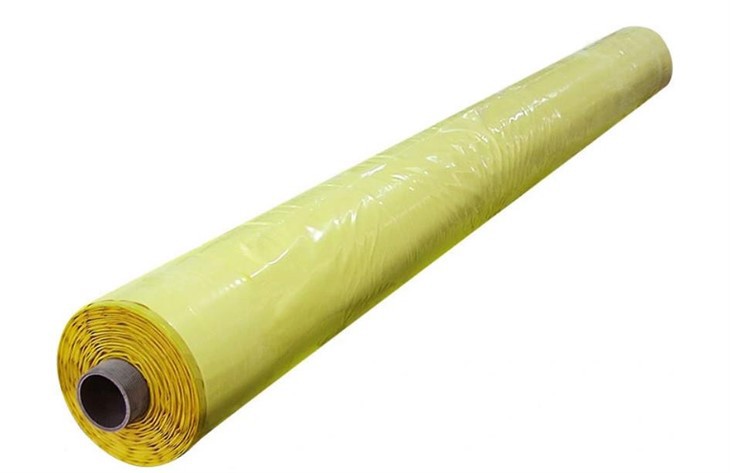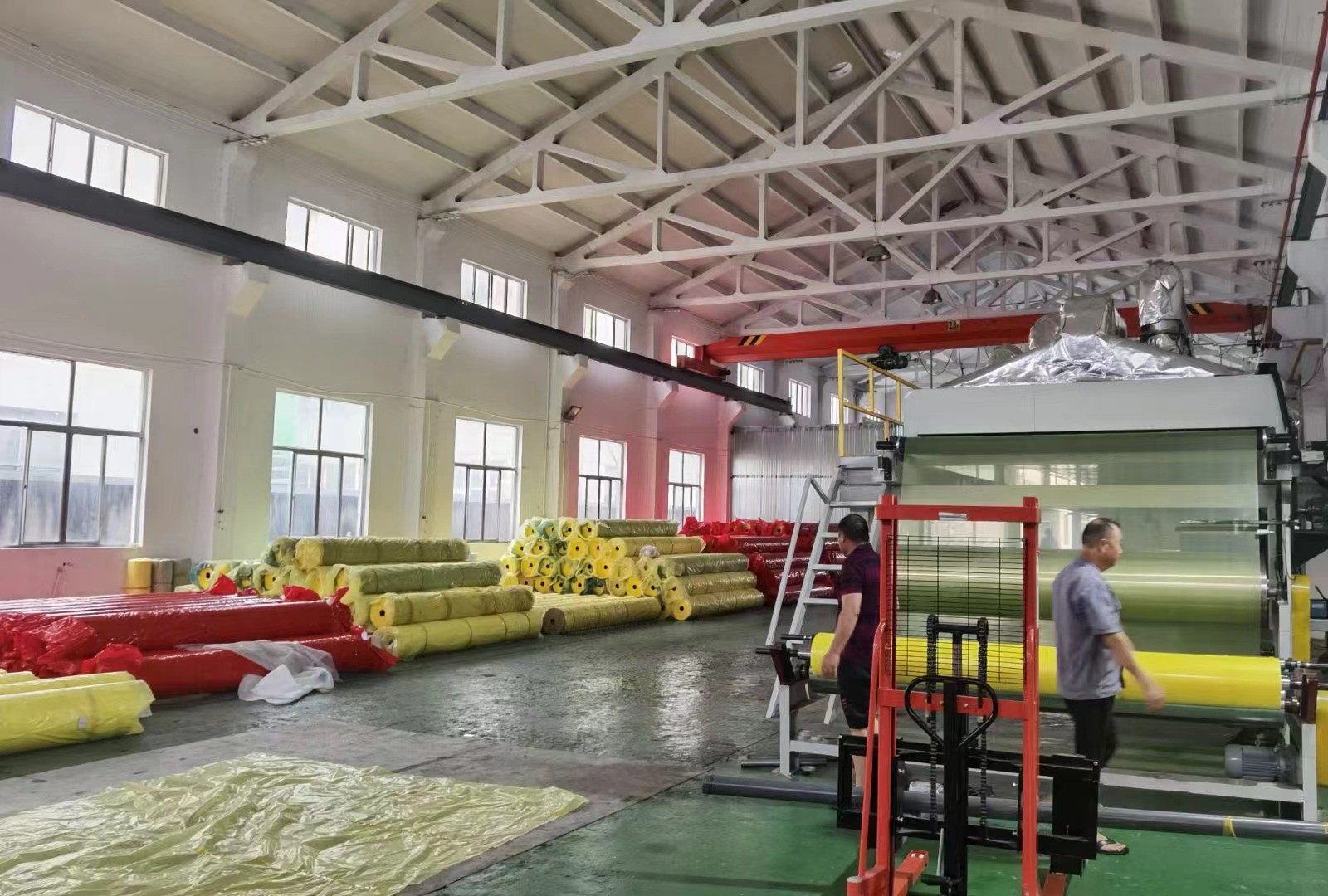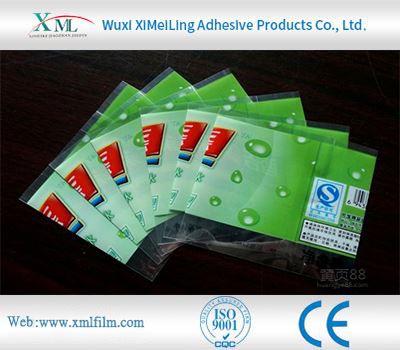The future of cotton packaging film is shaped by growing environmental awareness, technological innovations, and evolving consumer demands. Here are key trends driving its development:
As global pressure to reduce plastic waste intensifies, cotton packaging film—particularly biodegradable and compostable variants—will gain traction. Brands are prioritizing materials that align with circular economy principles, such as:
-
Fully plant-based formulations: Innovations in 100% cotton or cotton-blended films with natural binders (e.g., starch, cellulose) to eliminate synthetic polymers.
-
Design for recyclability/compostability: Films will be engineered for easier separation of components, enabling efficient recycling or organic decomposition. For example, water-soluble cotton films or those with single-material structures.
Technological breakthroughs will address current limitations of cotton packaging film:
-
Enhanced Performance: Researchers are developing cotton films with improved strength, moisture resistance, and thermal stability through nanotechnology (e.g., reinforcing with cellulose nanocrystals) or bio-based coatings (e.g., plant oils, waxes).
-
Smart Packaging Integration: Cotton films may incorporate functional additives like antimicrobial agents (e.g., silver nanoparticles, plant extracts) to extend food shelf life or indicators to monitor freshness, merging sustainability with intelligence.
-
Chemical Recycling Scalability: As chemical recycling technologies (e.g., pulping, depolymerization) mature, composite cotton films with synthetic blends will become more recyclable, reducing reliance on mechanical methods.
Cotton packaging film will expand beyond traditional uses into specialized sectors:
-
Food and Beverage: Growing demand for eco-friendly food packaging will drive adoption in fresh produce, baked goods, and ready meals, where breathable cotton films can replace plastic wraps while maintaining product quality.
-
Fashion and Textiles: Brands may use cotton-based films for garment packaging, aligning with sustainable fashion movements. These films could even be designed to biodegrade alongside textile waste.
-
Pharmaceuticals and Cosmetics: Hygienic, compostable cotton films may replace plastic blister packs or product wraps in eco-conscious brands.
Government regulations and international agreements (e.g., EU’s Circular Economy Action Plan, U.S. state-level plastic bans) will incentivize cotton packaging film development:
-
Tax Incentives and Subsidies: Financial support for R&D and production of sustainable materials will lower costs and accelerate market entry.
-
Mandatory Recycling/Composting Standards: Stricter rules on packaging waste will push manufacturers to adopt cotton films that meet predefined recyclability or biodegradability criteria (e.g., ASTM D6400 for compostability).
Eco-conscious consumers are increasingly willing to pay a premium for sustainable packaging. Brands will leverage cotton film’s natural, renewable image through:
-
Transparent Labeling: Highlighting “cotton-based,” “home-compostable,” or “recycled content” to build trust.
-
Branding Stories: Associating cotton film with ethical sourcing (e.g., organic cotton, fair-trade practices) to enhance brand loyalty.
While trends are positive, hurdles like high production costs, performance gaps compared to plastics, and limited recycling infrastructure must be addressed. Collaboration between governments, manufacturers, and recyclers—along with investments in scalable production (e.g., automated spinning of cotton fibers into films)—will be crucial to overcoming these barriers.
